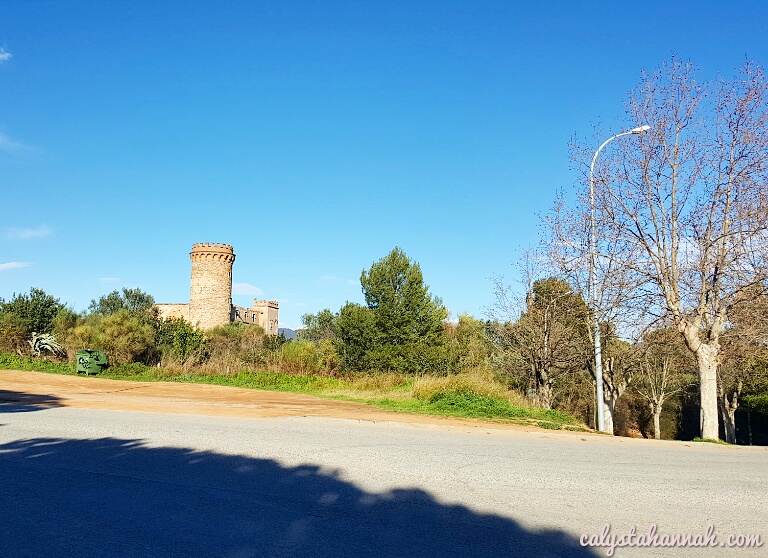
Just a twenty minutes train ride away from the leisurely yet busy Barcelona, one can travel back in time to the early 1900s and immerse in the past of historic Catalonia.
Located approximately 20km outside Barcelona in the village of Santa Coloma de Cervelló, a quaint little town by the name of Colònia Güell is slowly beginning to unfold its mysteries even to this present day.
Colònia Güell, presently home to about 7,200 people, was first founded around 1890. It was designed as a massive ‘purpose built’ industrial town to facilitate everything from the company’s business activities, farms, employees’ accommodation and amenities, as well as the employees’ all-in lifestyle hub. Quite literally self-sustaining industrial city.
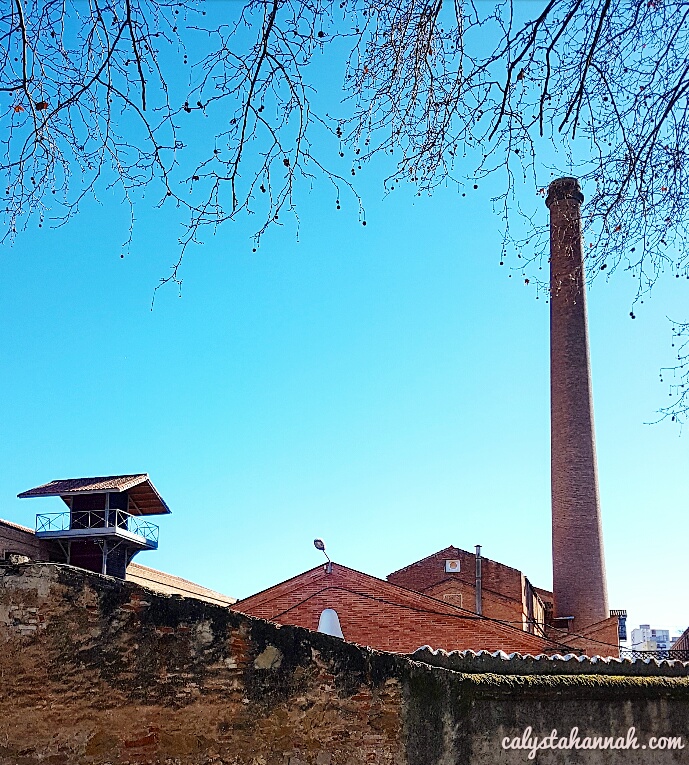
This impressive development was the brainchild of an entrepreneur Eusebi Güell; son of the renowned Catalonian industrialist, Joan Güell. Perched near the river canals supplying the Llobregat river of Santa Coloma de Cervelló, this Güell colony was formed around the time when cotton-textile industries were at its peak in the early industrial age revolution of Europe. It was also around this time when evolving socio-economics and socio-mobilities led to work welfare related awareness and limited job opportunities in Europe. Güell made plans to relocate his entire company’s textile manufacturing plant out of Barcelona Sants due to the uproar of social unrest that erupted there in the 1890. He decided to build an entire worker’s colony; a concept where work and living-hood lifestyles are concentrated together under one roof in an all-in location.
Güell believed that the development of this industrial town should not only be focusing on the economics of industrialism alone but to incorporate lifestyle and leisure amenities like spacious buildings, terraced houses with wide windows, a theatre, schools, provision shops, big gardens and a church to promote a work-life balance culture for the employees and their family. The factory area alone was immense and proximately located to every other manufacturing process with a workflow designed around maximising efficiency and output.
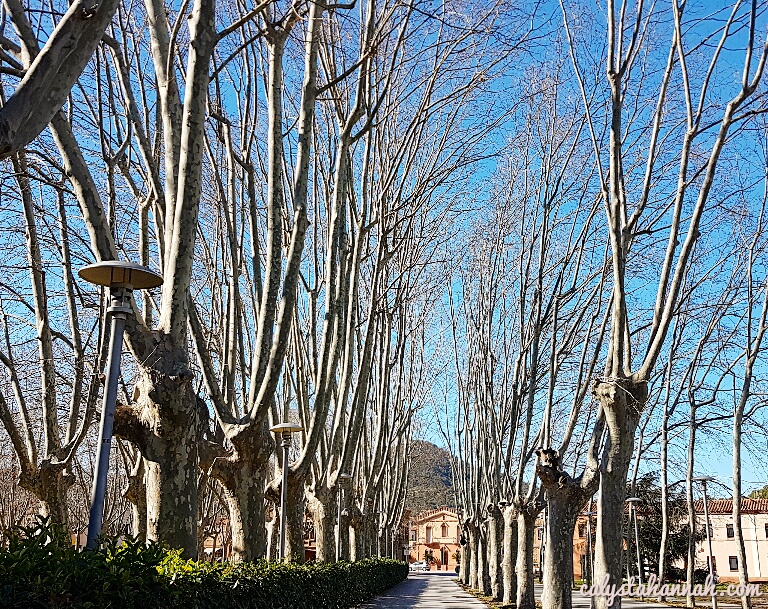

Clearly, Güell was a role model for today’s business owner, having employees’ interest at heart even at a time when business competition was tough.
A group of local modernist architects were engaged, each with the freedom to design as they envisioned. Among them were Francesc Berenguer, Josep Canaleta and Juan Rubió who had contributed largely to the town’s development. Güell’s good friend, Antoni Gaudí was assigned to take charge of the design and construction of the church.
Gaudí was a genius ‘modernista’ architect with an outstanding aptitude for innovative design and arts. But it wasn’t just about his flair for recycling materials to create beautiful artwork on his buildings; but it was his intricately complex engineering that was remarkably amazing for his time. Most parts of his engineering innovativeness are only truly understood in modern times when science and computers today are able to accurately compute and confirm his calculations and designs. And here at Colònia Güell, Gaudí implemented his first and most radical approach to styling and was the epitome of all his future building designs.
Some of his famous flamboyant buildings that still stand today include many of the unbelievably stunning ‘modernisme’ buildings in Barcelona which you can see. Example of which are the Sagrada Família, Casa Batlló and Casa Milà located along the popular shopping belt of Passeig de Gracià, the fairytale-like Park Güell and the sophisticated mansion Palau Güell.
Gaudí met Güell at an exhibition in Paris in 1878 where Güell saw Gaudí’s work and was impressed with his fine skills. Sharing similarities in interests and beliefs in religion, the two had so much to share about and eventually became good friends.
Neither budgets nor requirements were set for the construction of the Church of Colònia Güell. In plain simple words, Gaudí was basically free to demonstrate his creativity and skills without boundaries and limits.
Gaudí ambitiously experimented his innovative talent and technical expertise on the architectural blueprint of the Church of Colònia Güell. This planning process sowed the seeds of his ingenuity and was somewhat the beginning of his journey in preparation for his later, more extravagant and complex project; the Sagrada Família.
The model of the Church of Colònia Güell was delicately structured and drawn by Gaudí’s phenomenal method of architectural projection; the ‘polyfunicular model’ which emphasised on the inverted 3D model of the complex design made using weights and strings (as seen in the pictures above). If one were to rotate the view 180 degrees, one can see the original outline and concept structure of the original Church of Colònia Güell when completed. Unlike the orthodox methods of early European construction which was largely handed down by the early Greek, Roman and French colonists, Gaudí’s approach was radically new and untried or practiced by others.
The construction of the Church of Colònia Güell began its foundations in 1908.
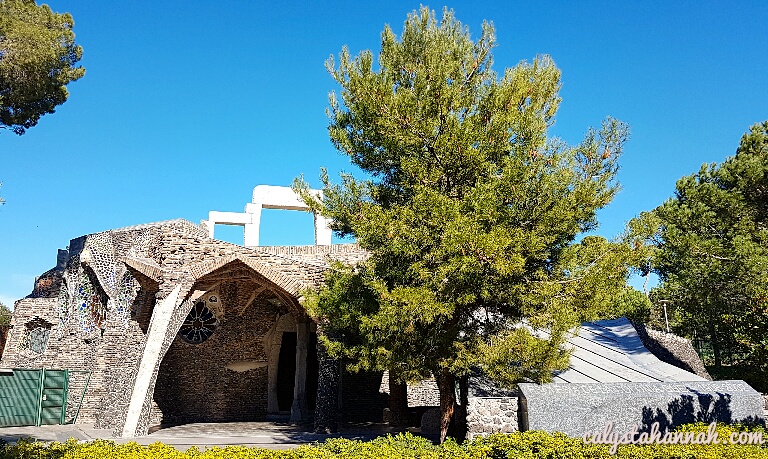
Looking at the complex as it still stands strong today, it is definitely an architectural revolution of its time. Even the materials used to construct the church was recycled materials from metal slag deposits, that were hard and black, up to the coloured mosaic murals that were made of carefully arranged coloured glass pieces. This was truly modern eco-friendly thinking way before his time.
But sadly, the church of Colònia Güell, which would have been the miniature “monumental model of Sagrada Família” if completed was only partially finished and remains an incomplete piece of Gaudí today. The real reason behind the incompletion was unknown while some speculated that it was mainly due to the lack of funding after Güell’s sons took over the business. This was also due to the poor economic conditions that followed after the drastic fall of cotton-cloth demand and market prices across Europe.
The only section of the Church of Colònia Güell that Gaudí had managed to complete till 1914 was the lower nave, which made up the Church’s crypt. That explains why the Church of Colònia Güell is also known as Gaudí Crypt today. But don’t be alarmed, there is nobody buried there and is purely safe for visitors of all ages. The upper floor and the domes of the church of Gaudí’s original design for this church was never completed.
The ‘crypt’ was blessed by the Bishop of Barcelona in 1915 and has been used as a place of worship ever since.

Major restoration works on the site had been carried out progressively since 2000 by architect Antonio González Moreno, revamping it into a tourist attraction. The crypt today is modelled as it was to be upon completion, still only of its lower nave. It was declared a UNESCO heritage site in July 2005. However, due to its location, it is often forgotten or excluded on one’s travel bucket list. Maybe its name sake even scares some travellers away.
Gaudí crypt was of great significance to Gaudí himself. It was his first grand-scale project as well as his favourite work. From the uncommon design of the stone facades and avant-garde shapes and structures of the complex to the uniquely designed furnitures and railings within, all were solely his vision and creativity. But what is even more intriguing and mysterious even today is the meaning behind all of Gaudí’s symbolisms and architectural designs – one I would call “Gaudí’s Cryptogram©”.
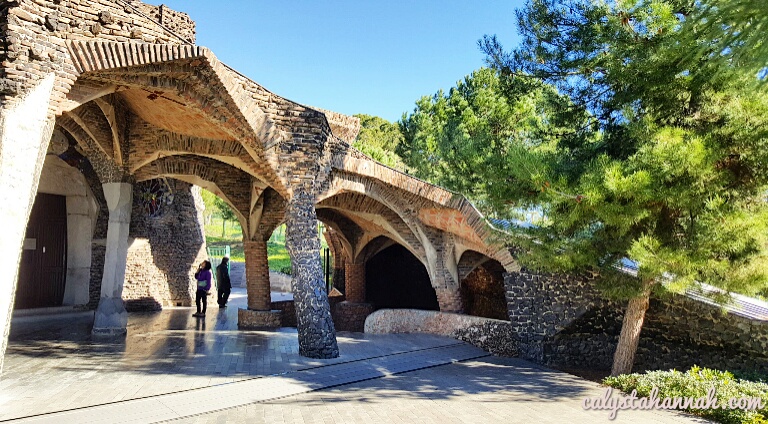
Various local and recycled materials like bricks and mortars, ceramic and glass, slag, basalt and limestone were used in the construction of the complex. The layout of the building was nothing but extraordinary. The architectural techniques of the structural formation of the complex could be seen noticeably from the intricately detailed joints. The capacious inner exterior was constructed with geometric patterns and arched ceiling at angles never seen before in any architecture of its time. Even the hues of the slag bricks are carefully arranged so as to set the tone of the building curves. But beneath these architectural wonders lie Gaudí’s encrypted message in pure symbolisms that is meaningful yet complex.
From afar it would look like a giant spider with large legs as it arches into the ground below. That was how I first perceived it as I first entered this place. Interestingly however, Gaudí designed the pillars and arches naturally to resemble the old oak trees that surrounded this building, with the arches and buttresses forming the branches overhead. Embedded in the mosaic art on the ceiling of the arches are Gaudí’s Cryptogram© symbols that spices up the intrigue of visitors to try to interpret its meaning.
Inside the tranquil crypt, you will see 4 main solid basalt stone pillars in the centre of the church. These aren’t ordinary stone pillars as they were hand carved individually from volcanic basalt rocks and were significant as well as symbolic in every way. Specially designed furnitures were neatly arranged in an orderly manner with ergonomic features way ahead of its time. The mystical and intrigue decorated interior filled the atmosphere like a metaphoric puzzle. Each nook and corner of this church is filled with intricate detail and artwork encoded with parables from the Bible in the form of Gaudí’s Cryptogram©; something each visitor should try to decipher and understand his message.
The exterior of the building also inspires admiration. By simply looking at the stony brick walls, windows and colourful mosaics that made up the complex, it’s an awe of engineering wonder in those days. The windows and the angle of those windows were ingeniously designed such that the light from the morning sun, during the morning service, and the evening sun, for the evening service, would cast into the church and shine on specific sculptures and artwork, was all part of Gaudí’s Cryptogram©.
There were altogether twenty-two reflective mosaic windows made of trencadis and were beautifully shaped in a tear drop shapes. The angle of the window sills were designed to help channel rain water easily into proper drainage and allow light to reflect inwards at specific angels. Decorated in tiled mosaic finishing, the windows glimmer in the sun but within those mosaic art pieces Gaudí has placed special symbols and christographic Greek characters that have a deeper meaning.
The upper floor of the complex is currently an open space area which was believed to be the second storey of the church if the construction was completed. There was also to be a series of tall dome-ish steeples on the roof and the tallest steeple to be the bell tower. Nevertheless, the bell tower is outfitted in one of the partially finished steeples.
From the roof top, one can have a good 360 degree view of the naturally green, quiet town of what Colònia Güell remains to be from its master blueprint inception. The large open field was where the cotton plants would be grown while the buildings alongside the main road would be the administrative buildings of the old Colònia Güell.

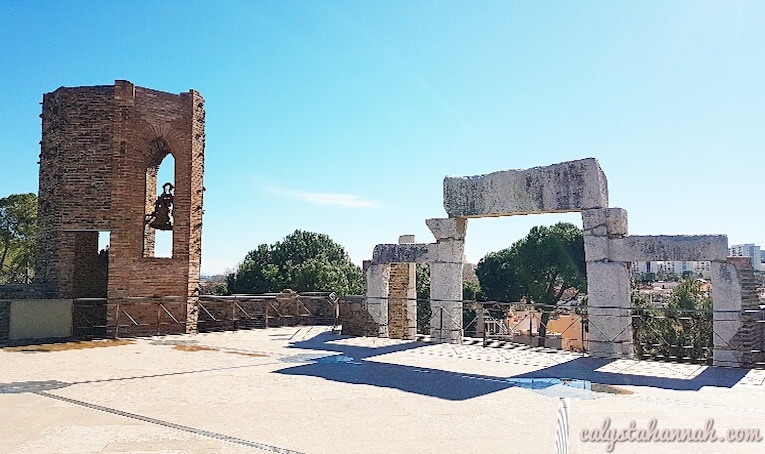
In actual fact, the peculiar slanted foyer that I thought was a giant spider, was actually supposed to be a stairway from the ground level that leads directly to the second floor of the church; according to Gaudí’s original master plan. The upper floor’s white column slab rocks shaped like entrances are supposed to represent ‘gates’ as a symbolic meaning of man ascending to heaven. The roof of the steeples are supposed to be decorated with doves that represent ‘peace’, which was also Gaudí’s Cryptogram© representing the name of the town this church was built in, Coloma; which means ‘dove’ in Catalan.

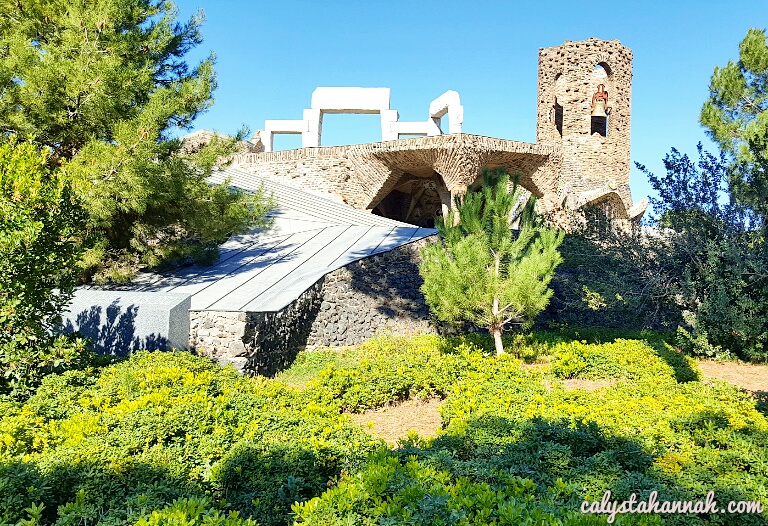
The splendour and spectacle of the town of Colònia Güell is not just about Gaudí Crypt. It is a town still basking in its original splendour of its time like a butterfly still stuck in time. It is a town of collective artworks and ‘modernisme’ architecture from the old greats of architects of their time. Each building has its own tale to tell for visitors to explore and appreciate. Since it is a relatively small town, one can easily go on ‘foot’ sight-seeing with the tour guide’s map that accurately depicts the original layout of this town since its inception. Even the factory’s chimney and the water tower is still well preserved until today. The water tower is a tad tricky to find but well worth the adventure while you’re there!
The works of the different architects were clearly defined in each of their distinct individual interpretation of vision and style. Most unique for me would be the old school with the teacher’s house adjoining the main structure at the south-west of the town with its medieval like design reminiscent of something magical and wizardry.
Do stop by the tourist information centre and head upstairs to learn more about “Gaudí’s Cryptogram©” and the interpretation of his symbols.
The factory itself and most of the abodes are private property and are out of bounds for tourists to enter, but you can learn a lot more of the town interactively at the tourist information centre for free.
Getting to Colònia Güell is easy and fuss-free. Just simply hop on a FGC train Line number S33, S8 or S4 from Plaza Espanya station and alight at Colònia Güell station. From the Colònia Güell station you can find a small tourist guide map billboard to help you get to the tourist information centre. You can even purchase a combo train ticket that includes the discounted price of the entrance ticket to the Güell Crypt from Plaza Espanya but you have to collect the entrance tickets from the tourist information centre at Colònia Güell first.
This little town can be a short trip on your way to the remarkable mountains of Montserrat with lots of history and intrigue to explore. But more importantly, it is an important first step to understand and appreciate “Gaudí’s Cryptogram©” in all his other amazing works that you would most definitely visit in Barcelona.
Enjoy your trip!
This trip was made possible with special thanks to Barcelona Turisme.
Categories: Barcelona, Destinations, Spain































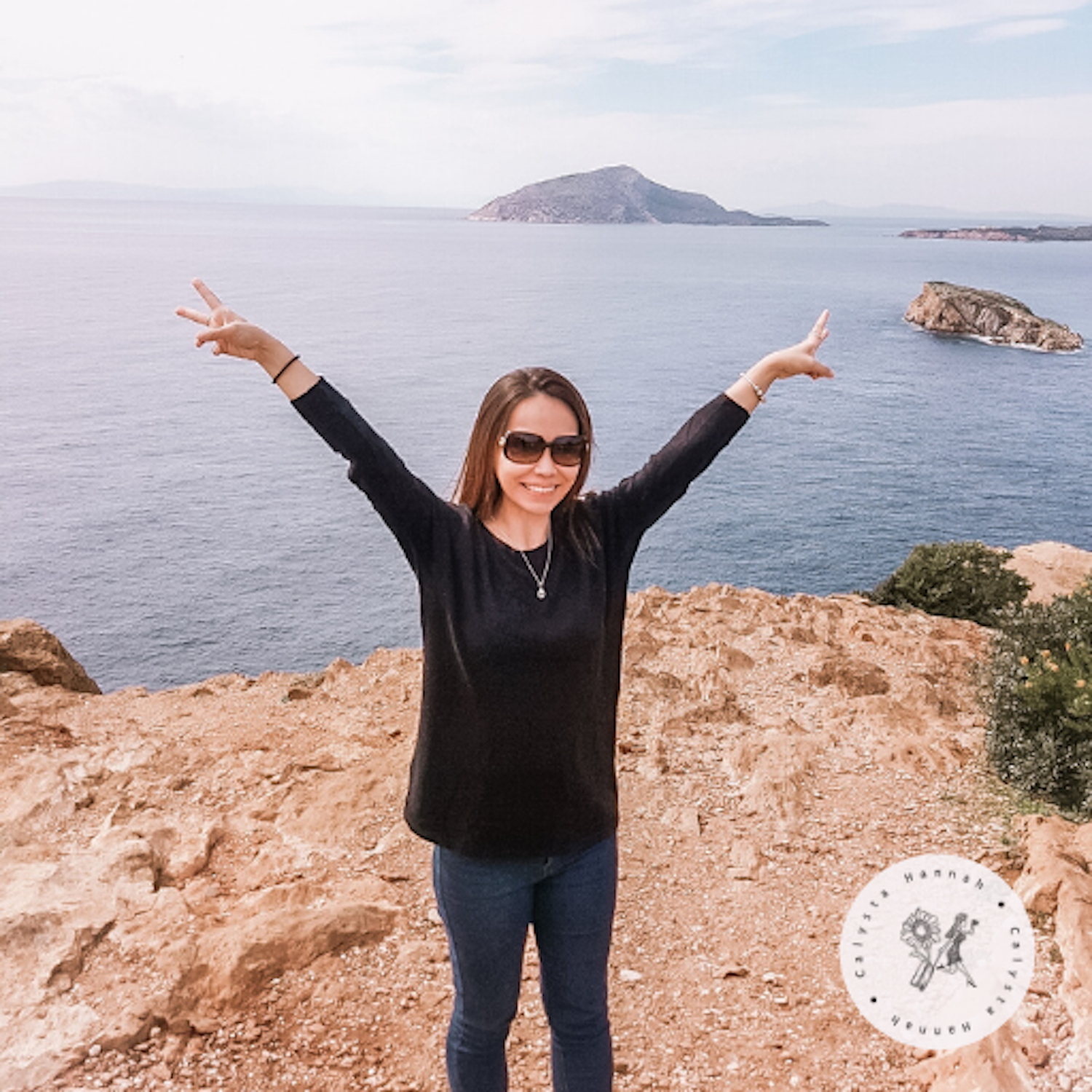
Super cool!
LikeLike